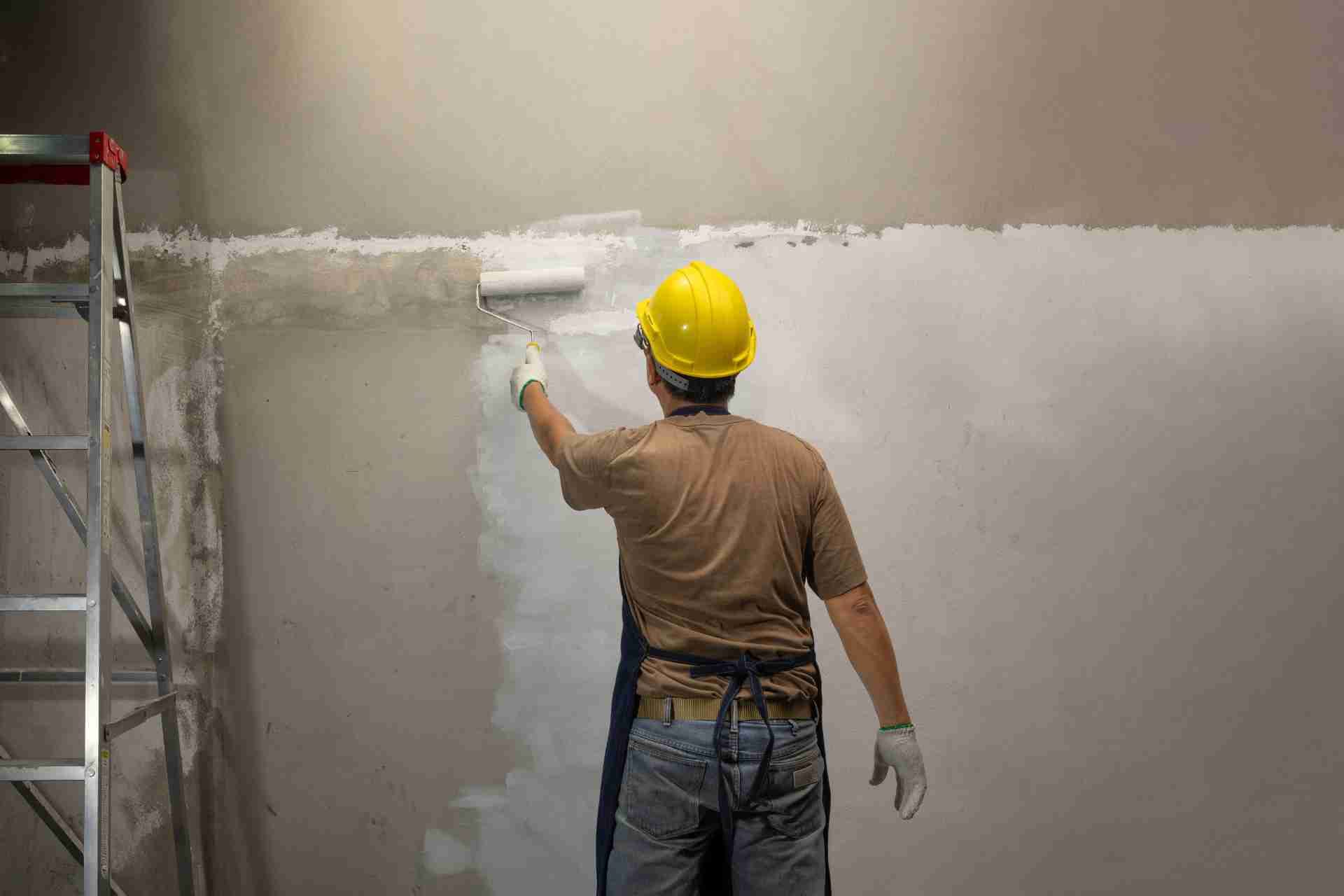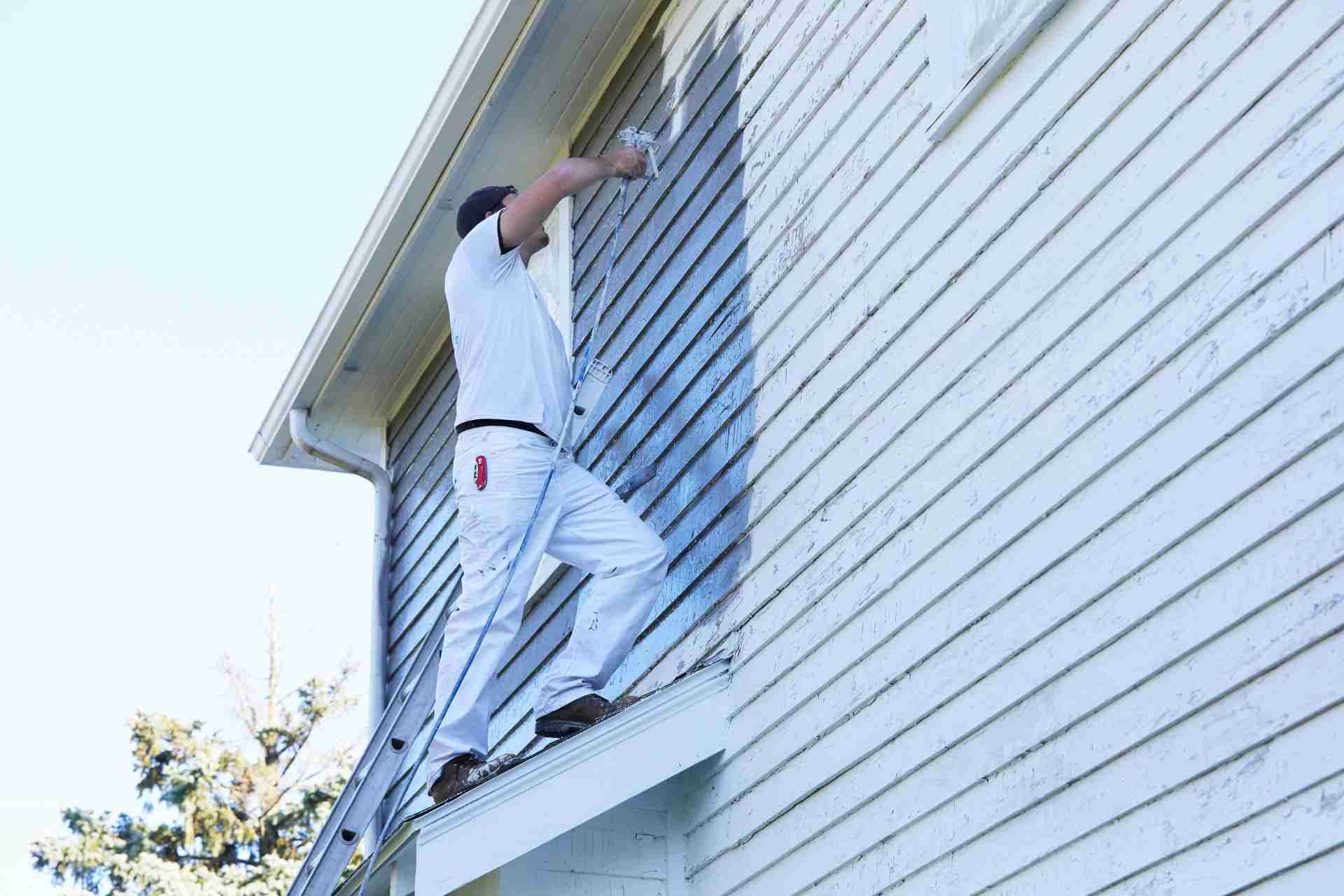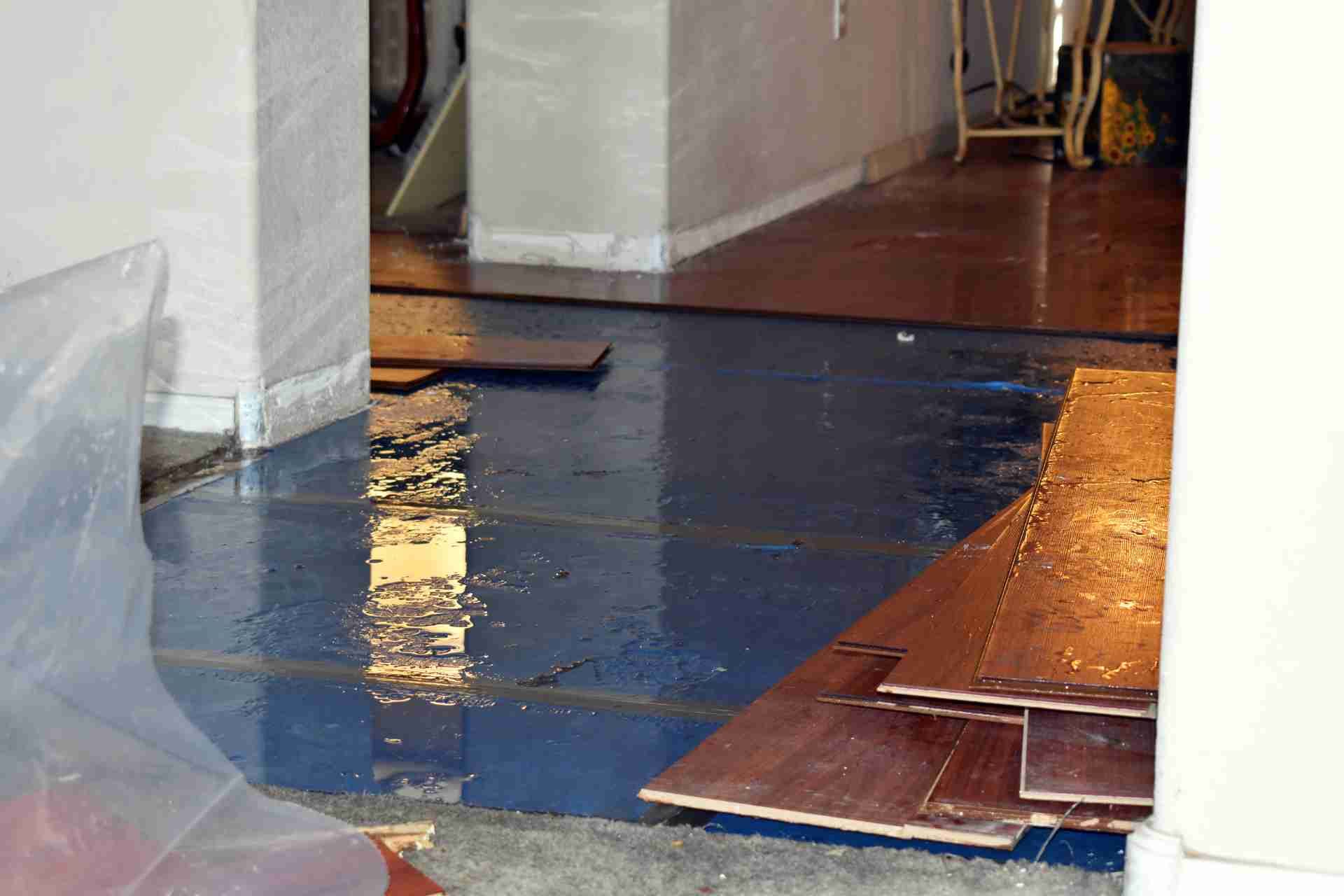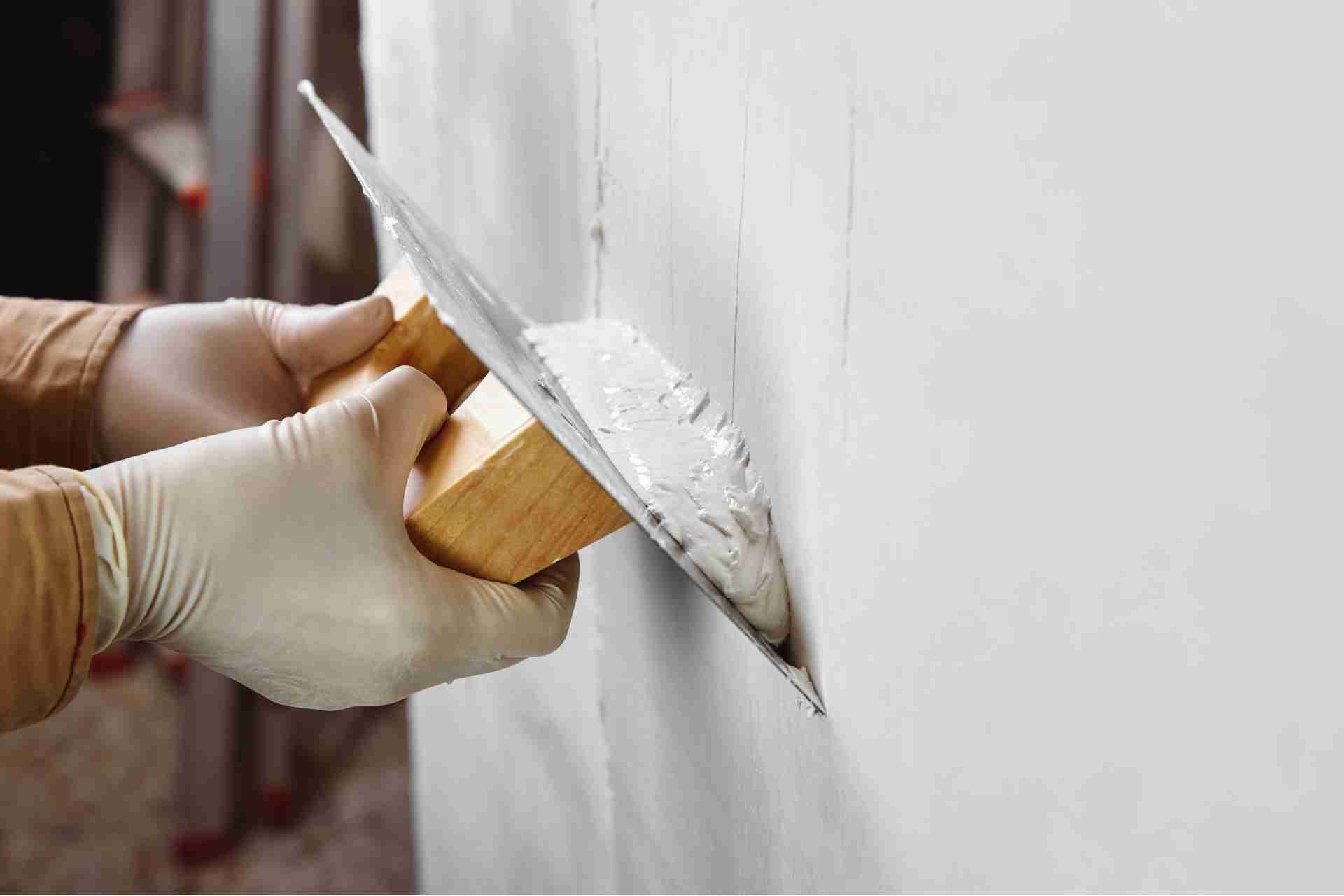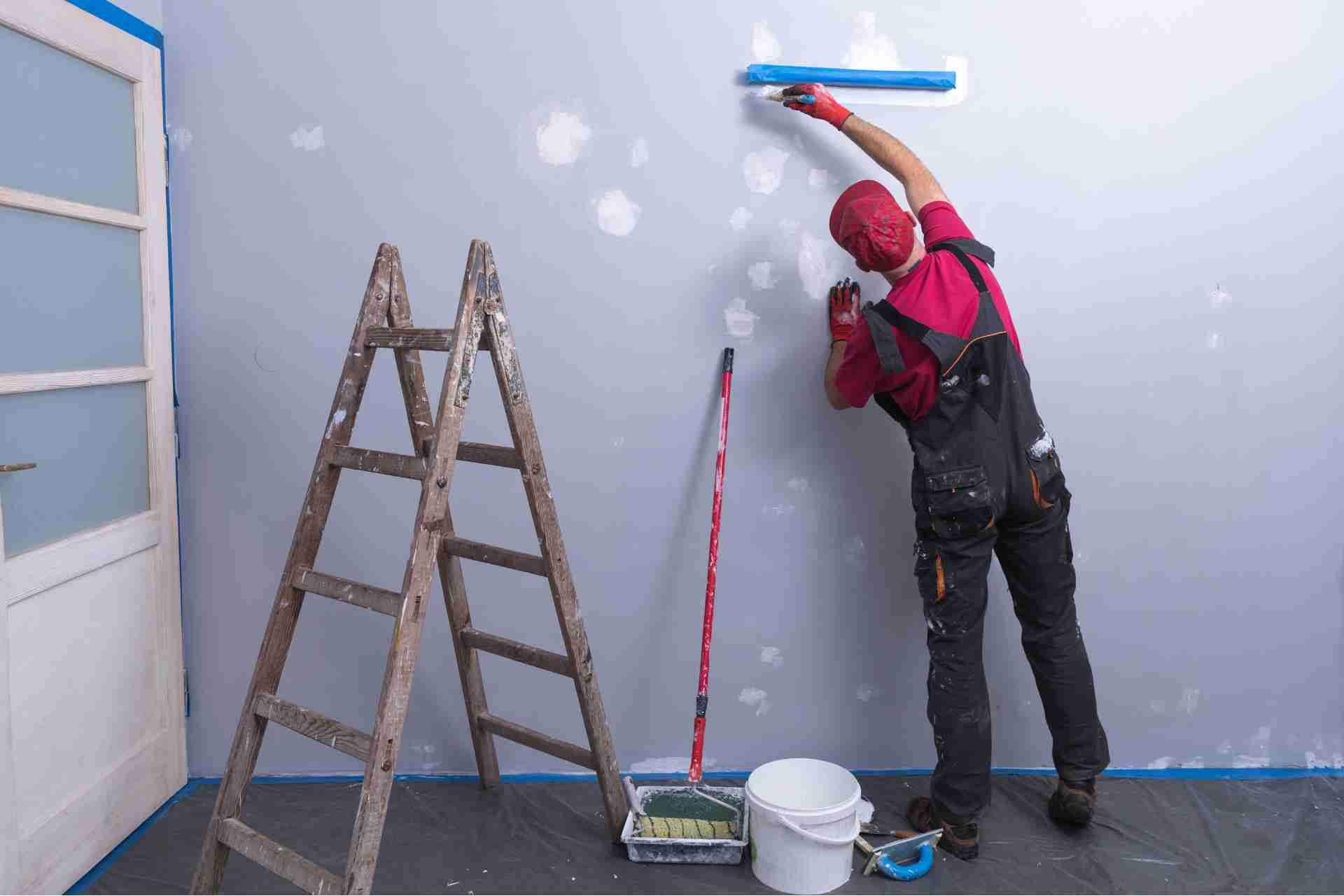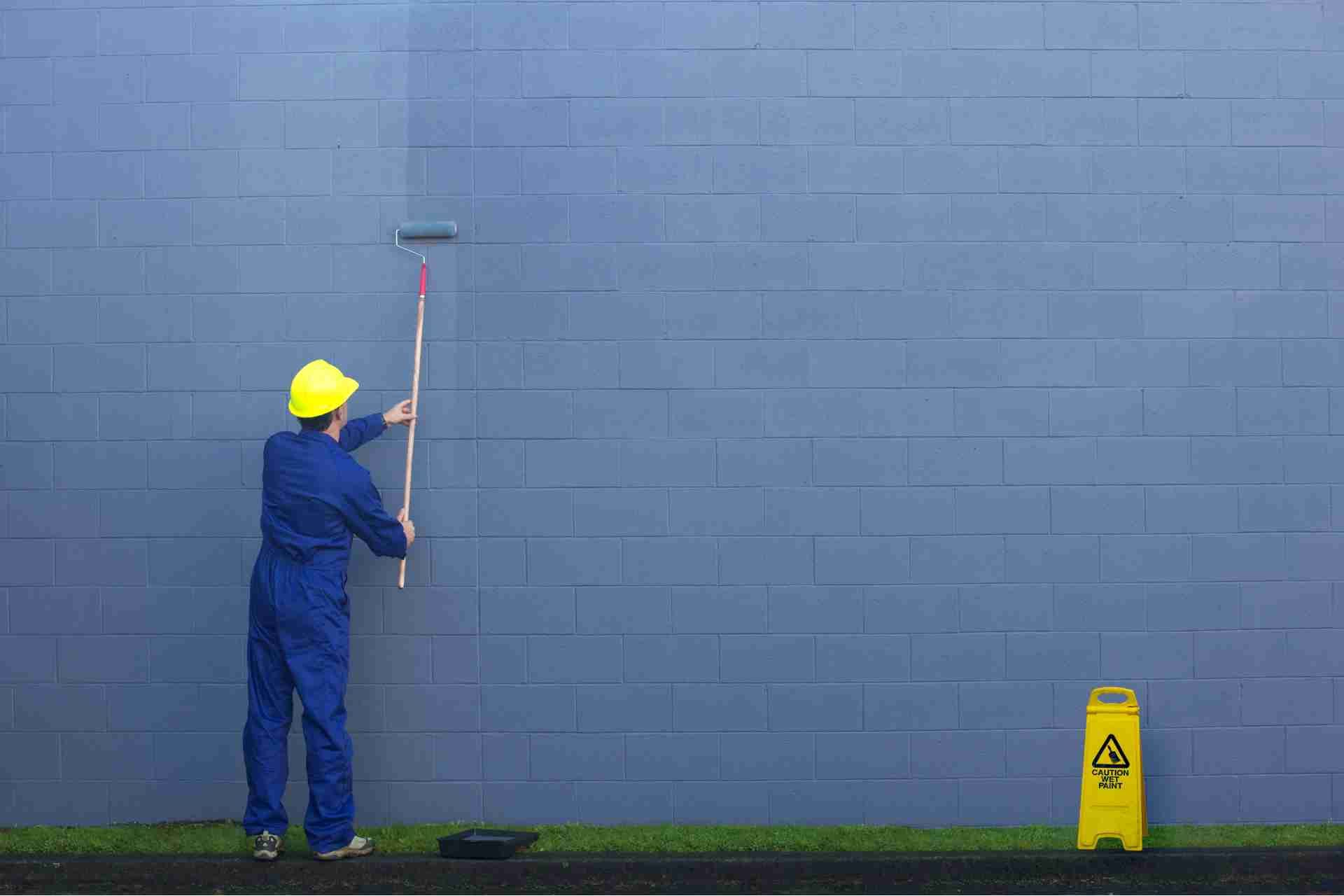What you Need to Know About Eco friendly Paints

Painting your home is a great way to freshen up its appearance and give it a new look. However, traditional paints are loaded with harmful volatile organic compounds (VOCs) that are not only bad for the environment but also for human health compared to eco-friendly paints. These chemicals can off-gas into the air for years after the paint has dried, contributing to indoor air pollution and posing health risks such as respiratory problems, headaches, and dizziness.
In recent years, the phrase "eco-friendly" has become the buzzword in the world of home improvement. From sustainable materials to energy-efficient appliances, homeowners are becoming increasingly conscious of their environmental footprint when embarking on renovation projects. One often overlooked aspect of home improvement that can have a significant impact on the environment is paint.
Here's what you need to know about eco friendly paints to make informed decisions.
What are Eco-friendly Paints?
Eco-friendly paints, also known as sustainable or green paints, are paints that are made with natural and non-toxic ingredients that are better for both the environment and our health. Traditional paints contain harmful chemicals such as volatile organic compounds (VOCs) that can off-gas into the air, causing indoor air pollution and potential health risks. Eco-friendly paints, on the other hand, are made with ingredients like clay, chalk, plant oils, and natural pigments that are much safer for both people and the planet.
Benefits of Eco-Friendly Paints
Conventional paints are full of harmful chemicals that can release into the air and contribute to indoor air pollution. That's why more and more people are turning to eco-friendly paints as a safer and more sustainable option.
Eco-friendly paints, also known as non-toxic paints or natural paints, are made from organic, plant-based, or mineral ingredients. These paints are free from harmful chemicals like volatile organic compounds (VOCs), which can release toxic fumes into the air long after the paint has dried.
So, what are the benefits of using eco-friendly paints?
Healthier indoor air quality
One of the biggest advantages of using eco-friendly paints is the improvement of indoor air quality. Traditional paints can release VOCs into the air, which can lead to respiratory issues, headaches, and other health problems. Eco-friendly paints, on the other hand, are low in VOCs or completely free from them, making them safer for both your health and the environment.
Environmentally friendly
Eco-friendly paints are made from natural and renewable resources, making them a more sustainable choice compared to traditional paints. By choosing eco-friendly paints, you can reduce your carbon footprint and help protect the environment for future generations.
Less odor
Eco-friendly paints are known for their low odor compared to traditional paints. This means you won't have to deal with strong fumes and chemical smells while painting your home or office, making the process more pleasant and comfortable.
Durable and long-lasting
Despite being made from natural ingredients, eco-friendly paints are just as durable and long-lasting as traditional paints. So, you can enjoy a fresh coat of paint on your walls without worrying about it chipping or fading anytime soon.
Wide range of options
Eco-friendly paints come in a variety of finishes and colors, giving you plenty of options to choose from when updating your space. Whether you prefer a matte, satin, or glossy finish, there's an eco-friendly paint that will meet your needs.
Key Ingredients to Look For
1. Low VOCs
One of the most important factors that make a paint eco-friendly is its low VOC (volatile organic compounds) content. VOCs are chemicals that are emitted from traditional paints as they dry, contributing to indoor air pollution and potential health problems. Eco-friendly paints are formulated with minimal VOCs, making them a much safer and healthier option for both the environment and the people living in the painted space.
2. Natural and Organic Ingredients
Many eco-friendly paints are made with natural and organic ingredients, such as plant-based oils, resins, and pigments. These natural ingredients not only reduce the environmental impact of the paint manufacturing process but also make the paint biodegradable and non-toxic. Plus, natural pigments can create unique and beautiful colors that are not always possible with synthetic pigments.
3. Recycled Materials
Some eco-friendly paints are made with recycled materials, such as recycled plastic or glass. By using recycled materials, these paints help reduce waste and promote a circular economy. Additionally, paints made with recycled materials often have a lower carbon footprint than paints made with virgin materials.
4. Low Odor
Eco-friendly paints typically have a low odor compared to traditional paints, which can be overpowering and irritating to some people. The low odor of eco-friendly paints is another indicator of their low VOC content and overall healthiness.
5. Water-Based Formulas
Water-based paints are typically more eco-friendly than oil-based paints, as they emit fewer harmful chemicals and have a lower impact on air quality. Water-based eco-friendly paints are also easier to clean up with just soap and water, reducing the need for harsh chemical solvents.
Types of eco-friendly paints
Water-based paints
Water-based paints are made from natural ingredients such as water, plant oils, natural pigments, and minerals. They have lower levels of VOCs compared to oil-based paints, making them a healthier and more sustainable choice. Water-based paints are also easy to clean up with soap and water, making them a convenient option for DIY projects.
Milk paints
Milk paints are made from natural ingredients such as milk protein, lime, clay, and natural pigments. They have been used for centuries and are known for their durability and matte finish. Milk paints are non-toxic and biodegradable, making them a great option for those looking for a truly eco-friendly paint.
Plant-based paints
Plant-based paints are made from ingredients such as soy, citrus, and other plant oils. They have low levels of VOCs and are biodegradable, making them a sustainable choice for eco-conscious consumers. Plant-based paints are also often odorless, making them a great option for those with sensitivities to strong paint fumes.
Recycled paint
Recycled paint is made by collecting leftover paint from households and businesses, filtering it, and remixing it to create new paint. This process reduces waste and energy consumption, making recycled paint a truly eco-friendly option. While the color selection may be limited, recycled paint is a great choice for those looking to reduce their environmental impact.
Low-VOC paints
Low-VOC paints are traditional paints that have been formulated to have lower levels of volatile organic compounds. While they may not be as eco-friendly as some of the other options on this list, low-VOC paints are still a better choice for those looking to minimize their exposure to harmful chemicals.
Application Tips for Best Results
Using eco-friendly paints is not only beneficial for the environment but also for your health. These paints are made from natural ingredients and are free from harmful chemicals, making them a safer option for your home. However, for best results, there are some application tips that you should keep in mind.
1. Preparing the Surface: Before you start painting, it is important to properly prepare the surface. This includes cleaning and sanding the walls to ensure a smooth and even finish. Make sure to remove any dust, dirt, or grease that may be present on the surface.
2. Choosing the Right Tools: When using eco-friendly paints, it is important to use high-quality tools for application. Make sure to choose brushes and rollers that are specifically designed for water-based paints. This will help you achieve a smoother finish and better coverage.
3. Stirring the Paint: Eco-friendly paints are often made with natural ingredients that can settle at the bottom of the can. Before you start painting, make sure to thoroughly stir the paint to ensure that the color and consistency are well mixed.
4. Applying Thin Coats: Eco-friendly paints tend to dry faster than traditional paints, so it is important to apply thin coats to prevent drips and runs. This will also help you achieve a more even finish.
5. Ventilation: While eco-friendly paints are safer for your health, it is still important to ensure proper ventilation when painting. Open windows and doors to allow fresh air to circulate and help the paint dry faster.
6. Drying Time: Eco-friendly paints may take longer to dry than traditional paints, so be patient and allow enough time for each coat to dry completely before applying the next one. This will help you achieve a more durable and long-lasting finish.

